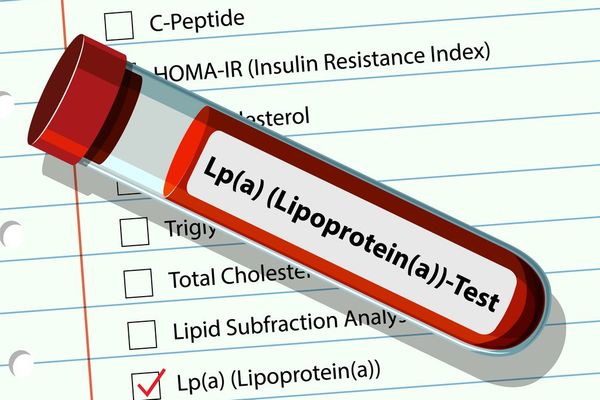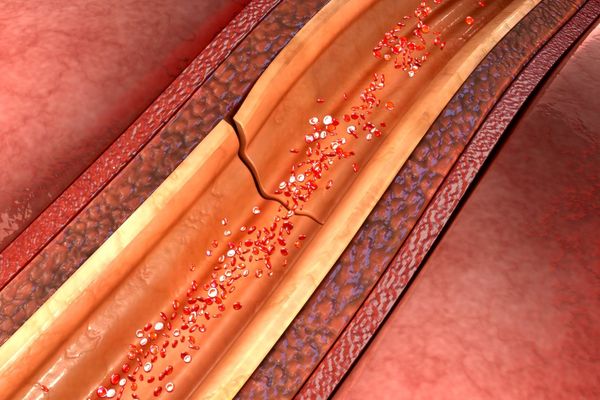The onset of fall signals colorful foliage, shorter days, cooler temperatures and the start of the endless temptations of the holiday season. From the sugar bombs of Halloween, to the fat-laden carbs of Thanksgiving, all the way to the liquid overindulgences of New Year's Eve, this time of year can make eating for your cardiovascular health seem almost impossible. Fortunately, there's a lot you can do to feed yourself and your family a menu that will make your cardiologist smile, while not entirely missing out on the festivities. The key is to choose fresh over processed foods, take advantage of seasonal produce, approach all things with moderation, and don't skimp on the exercise. Here are my tips for having a happy and healthy holiday season.
Make Mine Mediterranean: There's a good body of research that points to the health advantages of the Mediterranean diet and its emphasis on fresh fruits and vegetables, plenty of fiber, and monosaturated fats used in moderation. For people with cardiovascular disease, I often recommend the DASH diet, which is basically the Mediterranean diet that includes sodium reduction. There's plenty of room in this healthy routine for the flavors of the season.
Shake the Salt Habit: Going easy on the salt will help keep your blood pressure in check during the most hectic season of the year. That doesn't mean you have to skimp on flavor—instead of salting your chicken or turkey, how about a combination of lemon peel, garlic and rosemary rubbed under the skin before roasting? Herbs, mustards, spices, onions, garlic, and a dash of chili flakes can make any dish high in flavor. Speaking of poultry, skip the brine—soaking turkey in a sodium solution can add up to 1,300 mg of sodium per pound.
Satisfy Your Palate's Palette: Painting your plate with a rainbow of colors is an excellent way to get a wide variety of nutrients from your fruits and veggies. Dark leafy greens such as kale, bok choy, collard greens and spinach are loaded with potassium, folate and vitamins A, E and C. Orange beauties such as carrots, sweet potatoes and winter squash deliver vitamin A and carotenoids, nutrients important for eye health. Purple foods, such as pomegranates and blueberries, contain the antioxidant anthocyanin, which can help support healthy blood pressure. Red foods, such as tomatoes and cranberries, have anti-inflammatory flavonoids.
Meat Your Match: Traditional, fatty cuts of meat—such as brisket or pork loin—are hard on the arteries. A whole roasted fish or poultry can be a festive center of the meal while keeping fat servings in check. However, if your (baked!) latkes aren't the same without a side of brisket, trim the fat before you cook and restrict yourself to a small helping. Another option? How about going vegetarian and stuffing a pumpkin or winter squash with whole grains, cranberries, apples and sautéed veggies?
Roughing It: Refined carbohydrates rule the holiday season, but they play havoc with your blood sugar and digestion. Instead, opt for fiber-rich choices. When baking, swap out white flour for whole wheat pastry flour or white whole wheat flour, and replace the fat and sugar with applesauce or, for extra richness in chocolate desserts, pureed prunes. Cook up a batch of steel cut oatmeal on Sunday and save portions to reheat for breakfast for the rest of the week. Add chopped apple and a small handful of nuts for extra fiber and flavor—maybe with a dash of cinnamon. And don't overlook a winter salad, using heavier leafy greens and perhaps a few cooked veggies, such as beets or parsnips, for a quick meal or side dish. Add some fermented vegetables, such as sauerkraut or kimchi for extra zing—but check those sodium levels first! Your gut's microbiome will thank you, as will your cholesterol levels.
The Sweetest Reward: If you're sticking to a healthy diet, you can dig into an occasional treat. But pass up fried specialties for those that are baked, skip the ice cream and whipped topping, and chose a small portion. And don't forget to share your indulgence with someone you love.
Walk it Off: One of the first casualties of the frantic holiday season is regular exercise—but there's plenty of ways to keep your body in motion. Put a pedometer app on your phone and make it a goal to work up to 10,000 steps. Since 2,000 steps equals one mile, you can monitor your progress and even make it a competition with friends or family members. Embrace the fact that you have to park all the way in the back of the parking lot and take another lap inside the big box store or mall. Just think how you'll look in your finery when New Year's Eve rolls around.
- What Worries Women About Their Heart Health? ›
- What Is the Mediterranean Diet? ›
- A Cardiologist Explains Whether Alcohol Is Good for Your Heart ›
- What Is a Heart-Healthy Diet? ›






